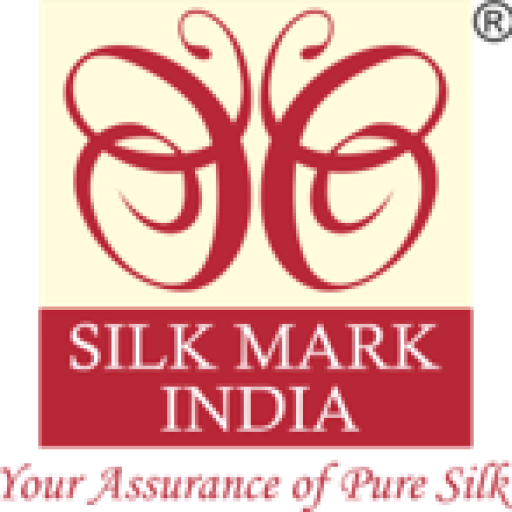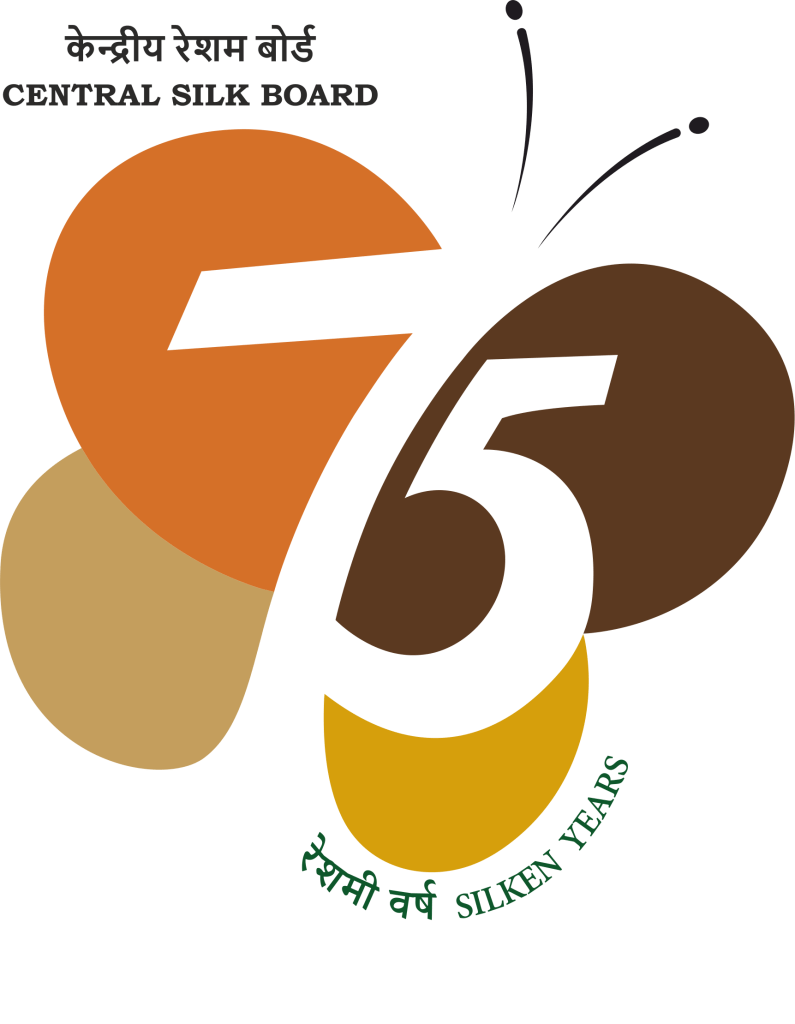Silk is a continuous protein filament secreted by specific types of caterpillars known as ‘ Silk Worms’.
Silk has best properties like, drape, light weight, Natural sheen, inherent affinity for rich colors, high moisture absorbance, resilience and excellent drape making it the ‘Queen of textiles’.
Different types of silks produced in India are Mulberry Silk (Karnataka, Andhra Pradesh, Tamil Nadu, J&K) Tassar Silk (Chattisghar, Madhyapradesh, Maharashtra, Telangana, West Bengal), Eri Silk (Assam and other N Eastern states) & Muga Silk (Assam).
It is very difficult to identify silk just by look and feel.
Silk is a protein fiber. When we closely observe, the smell of a burnt thread of silk, it is like smell of a burnt hair. In short, both burnt silk and burnt human hair have same smell.
Silk Mark label is affixed on only 100% pure silk products by Silk Mark Authorised Users to protect the interest of silk consumers.
Please watch https://youtu.be/Mq10TkRZTcY
At present the price of one Silk Mark label is ₹5.90 (incl. of taxes)
By purchasing Silk Mark labeled products from the sellers who are Authorised Users of Silk Mark, Consumers get an assurance of purchasing 100% Natural silk products.
1. Can gain the confidence of elite silk consumers
2. Cost effective publicity through SMOI
3. Can participate in Silk Mark expos across the country
visit www.silkmarkindia.com or
Contact nearest Silk Mark office
If an Authorised User sells non silk products as 100% Natural Silk with Silk Mark label, initially notice will be given and if repeated the membership will be cancelled. The firm or company will be notified in leading newspapers about the misuse.
SMOI will facilitate the consumer in replacement or refund and also in pursuing legal redressal in consumer courts.
For a given safety measures like Hologram, Unique Serial Number and QR Code, it is very difficult to make duplicate Silk Mark labels.
No, Silk Mark assures only products with 100% pure silk
Silk Mark authorized weavers, manufacturers, retailers, showrooms and boutiques sell Silk Mark labeled products
Visit Silk Mark authorized outlets
Silk Mark Organisation of India niether manufacture nor sell any silk products. SMOI do not have its own showroom or shop
Yes. One can buy 100% pure silks through online. However, ensure presence of Silk Mark labels on the products and collect original bill/receipt.
Yes, an Authorized User of Silk Mark can participate in the Silk Mark Exhibitions across the country. However, stalls will be allotted on payment of prescribed Stall Rent.
Yes, at SMOI offices and silk testing centers across the country
Please visit silk testing centers/ Silk Mark offices detailed in www.silkmarklindia.com
If advised care is taken in a proper way a silk sari can last for generations.


